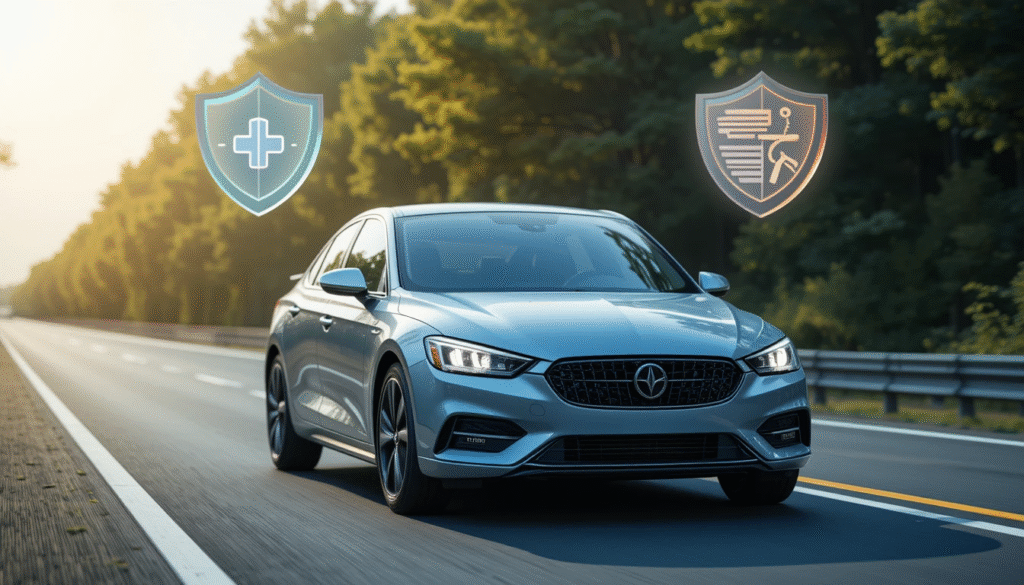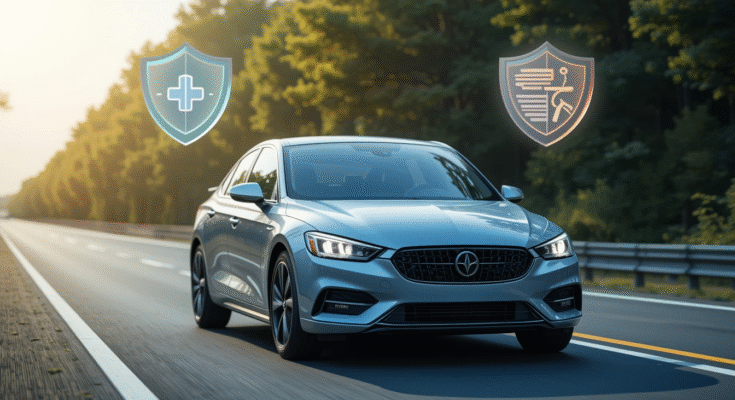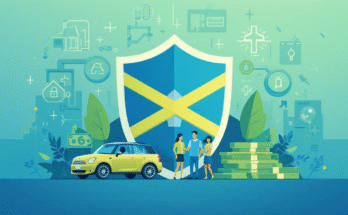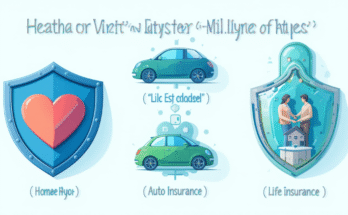
Owning a car comes with responsibility—not just in terms of driving safely but also protecting yourself financially. That’s where car insurance comes in. Whether you’re a new driver or have been on the road for years, understanding car insurance can save you money, reduce stress, and ensure you’re covered in unexpected situations.
This guide breaks down car insurance in simple terms, explaining what it is, how it works, the types available, and tips for choosing the right policy.
What is Car Insurance?
Car insurance is a contract between you and an insurance company. You pay a premium (monthly, quarterly, or annually), and in return, the insurer helps cover financial losses related to accidents, theft, or damage to your car.
Without insurance, you could face huge out-of-pocket expenses if something goes wrong.
Why is Car Insurance Important?
Car insurance isn’t just a financial safety net—it’s also a legal requirement in most countries. Driving without valid insurance can result in fines, penalties, or even a driving ban.
Key reasons why car insurance is important:
- Protects you from high repair costs
- Covers medical expenses after an accident
- Provides financial security if your car is stolen or damaged
- Ensures legal compliance with traffic laws
The Basics of How Car Insurance Works
Here’s a simple example:
- You pay your insurance company a premium.
- If you get into an accident, you file a claim.
- The insurer pays for the damages or repairs (minus any deductible, which is the amount you agree to pay out of pocket).
Your premium amount depends on factors like:
- Age and driving history
- Type of car (luxury, sports, or standard vehicle)
- Location (urban areas may have higher rates due to more accidents/thefts)
- Coverage options you choose
Types of Car Insurance Coverage
Understanding different coverage types helps you choose the right policy.
1. Liability Coverage
- Covers damage or injury you cause to others.
- Legally required in most places.
- Does NOT cover your own car.
2. Collision Coverage
- Pays for repairs to your car after an accident, regardless of who’s at fault.
3. Comprehensive Coverage
- Protects against non-collision events like theft, fire, vandalism, floods, or natural disasters.
4. Personal Injury Protection (PIP)
- Covers medical expenses for you and passengers after an accident.
5. Uninsured/Underinsured Motorist Coverage
- Protects you if the other driver doesn’t have enough insurance.
Optional Add-Ons You Can Consider
- Roadside Assistance – Help with towing, flat tires, or battery issues.
- Rental Car Coverage – Pays for a rental while your car is being repaired.
- Gap Insurance – Covers the difference between your car’s loan balance and its current value if it’s totaled.
Common Car Insurance Myths
- Myth: “Red cars cost more to insure.”
Truth: Insurance is based on your driving record and car model, not color. - Myth: “Older cars don’t need insurance.”
Truth: You may not need full coverage, but liability insurance is still required. - Myth: “If my friend drives my car, I’m not responsible.”
Truth: Insurance usually follows the car, not the driver.
How to Choose the Right Car Insurance
Choosing a policy isn’t just about finding the cheapest premium—it’s about getting the right protection.
Tips for choosing wisely:
- Compare multiple insurers and their coverage.
- Understand your needs (Do you drive daily? Is your car new or old?).
- Check claim settlement ratios (how often insurers pay claims).
- Balance premium cost with coverage benefits.
How to Lower Your Car Insurance Premium
- Maintain a clean driving record.
- Opt for a higher deductible (but make sure it’s affordable).
- Install safety features like anti-theft devices.
- Bundle car insurance with other policies (home, life).
- Ask for discounts (good student, safe driver, multi-car policies).
What Happens If You Don’t Have Car Insurance?
Driving without insurance can lead to:
- Heavy fines and penalties
- License suspension
- Paying damages and medical bills out of pocket
- Possible jail time (depending on local laws)
In short, not having car insurance can ruin your finances in case of an accident.
Final Thoughts
Car insurance might feel like just another expense, but it’s a lifeline when accidents happen. It protects you, your passengers, and other drivers on the road. By understanding coverage types, comparing policies, and choosing wisely, you can get the best protection at the right price.
Remember, the goal isn’t just to meet legal requirements—it’s about driving with peace of mind, knowing you’re financially protected against life’s uncertainties.



